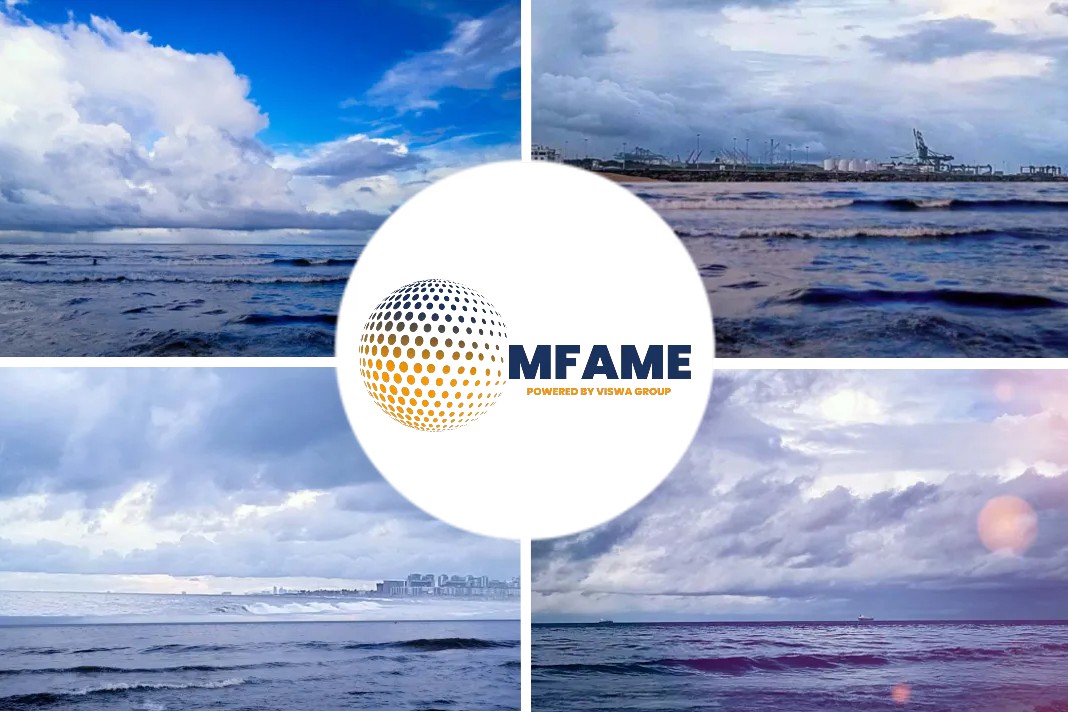- Søren Leth Johannsen, Maersk, discusses next-gen efficiency in reefer operations in a recent Port Technology technical paper
- Neil Davidson, Drewry, discusses the challenge of fragmented capacity in a recent Port Technology technical paper
- Simon Bennett overviews the IMO greenhouse gas strategy for a sustainable future in a recent Port Technology technical paper
While refrigerated containers pose a challenge to carriers and ports, demanding high running costs and regular maintenance, the market for reefer shipping is growing at a fast rate, reports Port Technology.
In a recent technical paper, available from Port Technology, Maersk Container Industry’s Søren Leth Johannsen explained that cutting energy costs and optimizing cargo quality, using a combination of existing and emerging technologies, makes this sector valuable for maritime businesses. Although technological innovation has already had a significant impact on reefer shipping, carriers, terminals and analysts agree that there is more potential for development.
This has been underlined by the decision of leading shipper Maersk to commit to “cold chain”, its Container Industry segment deciding to pursue the Internet of Things (IoT) as a means of transforming and improving reefer operations. While there is enormous pressure mounting on the dry container industry, how can the market for refrigerated containers continue to grow as technology evolves?

How did reefers come into being?
In its global reefer analysis for 2015, Dynamar underlined the emergence of a core trend; instead of conventional reefer ships, refrigerated boxes would soon become more popular. By 2018, a shift in the industry had clearly taken effect, with major ocean carriers such as CMA CGM and Ocean Network Express (ONE) investing in advanced reefer boxes to support the needs of their long distance supply chains.
The benefit of reefer containers is clear: as the technology of a self-contained refrigerated unit has developed, which can bypass cold storage upon its arrival at a destination, the individual reefer has become an easier option for the process of loading and unloading. Martin Dixon, Head of Research Products at Drewry, has highlighted that “more investment is going into the controlled-atmosphere systems” used by reefers, which slow the ripening of fruit and vegetables during long-distance transportation. By “allowing the sea-going carriers to compete more intensively with the air-freighters”, as Dixon argues, refrigerated containers hold an extremely valuable position in the market.
The State of Play
Drewry has predicted that reefer trade will continue to grow over the next five years at an average annual rate of around 3%, below the 3.5% mean of the last ten years. This statistic however, which suggests a downturn for the sector, may not tell the whole story.
While the overall growth rate of reefer shipping may be slowing, “containerized reefer traffic” is accelerating at a much faster pace; according to Drewry, this share of the market expanded by 8% in 2017, and continues to develop year-on-year.
For terminals specializing in cold container operations, such as the reefer-dedicated facility at the Port of Luka Koper in Slovenia, the growth of this business area has been reflected by an increase in competitiveness, the market and customer expectations “becoming stricter and more demanding”.
“In order to cope with this,” as Operations Manager Luka Kraljić explains, “our operations have to be well-coordinated and monitored, but still flexible”: the key focus for the terminal is “careful planning” and cooperation “among participants in the supply chain”.
Challenges Faced By Industry
The marketplace for containerized reefers may be lucrative, but terminals and solution providers working within this sector are still required to overcome a series of operational and financial challenges.
The Port of Luka Koper faces the most difficulties during peak season when, despite a significant increase in container volume, “clients expect the best service with practically the same time for delivery of goods”. Many reefer terminals, like Luka Koper’s, have limited resources and need to strictly manage storage availability “in order not to run overbooked”, the growth of the reefer trade itself incurring added challenges for businesses dealing with refrigerated containers.
From the perspective of Anders Holm, Global Head of Sales and Marketing at Maersk Container Industry, reefer shipping also provokes discussions about environmental performance: “In daily operations,” Holm underlines, “our customers need to meet their sustainability goals while operating cost-efficient.”
As the entire maritime community prepares for the International Maritime Organization’s (IMO) new sulphur limits, to be introduced in January 2020, the cost of fuelling a ship carrying multiple reefer units has understandably caused concern.
A Smarter Future
Although reefer containers have limited lifespans, and are expensive to run while they are in service, the evolution of new technologies within the sector could present serious benefits to shippers and terminals alike.
According to Maersk, temperature-control software such as ‘StarConomy’ will help carriers absorb the cost of increased energy bills, while the launch of its Sekstant reefer digitalization service is set to provide container operators with increased visibility of their reefer fleets.
With added transparency comes increased efficiency, as real-time access to data on container temperature, atmosphere and energy consumption can help shippers to organise their reefer shipments more effectively.
“Customer demand”, as Maersk asserts, has prompted the rise of these new technologies, and Martin Dixon of Drewry agrees that container shipping lines are looking to “capture this growing market”.
The containerized reefer trade will continue growing over the next few years and as demand on shipping lines, solution providers and specialist terminals increases, so will the need for new technologies and smarter operations to accommodate this.
Did you subscribe to our daily newsletter?
It’s free! Click here to Subscribe!
Source: Port Technology


















